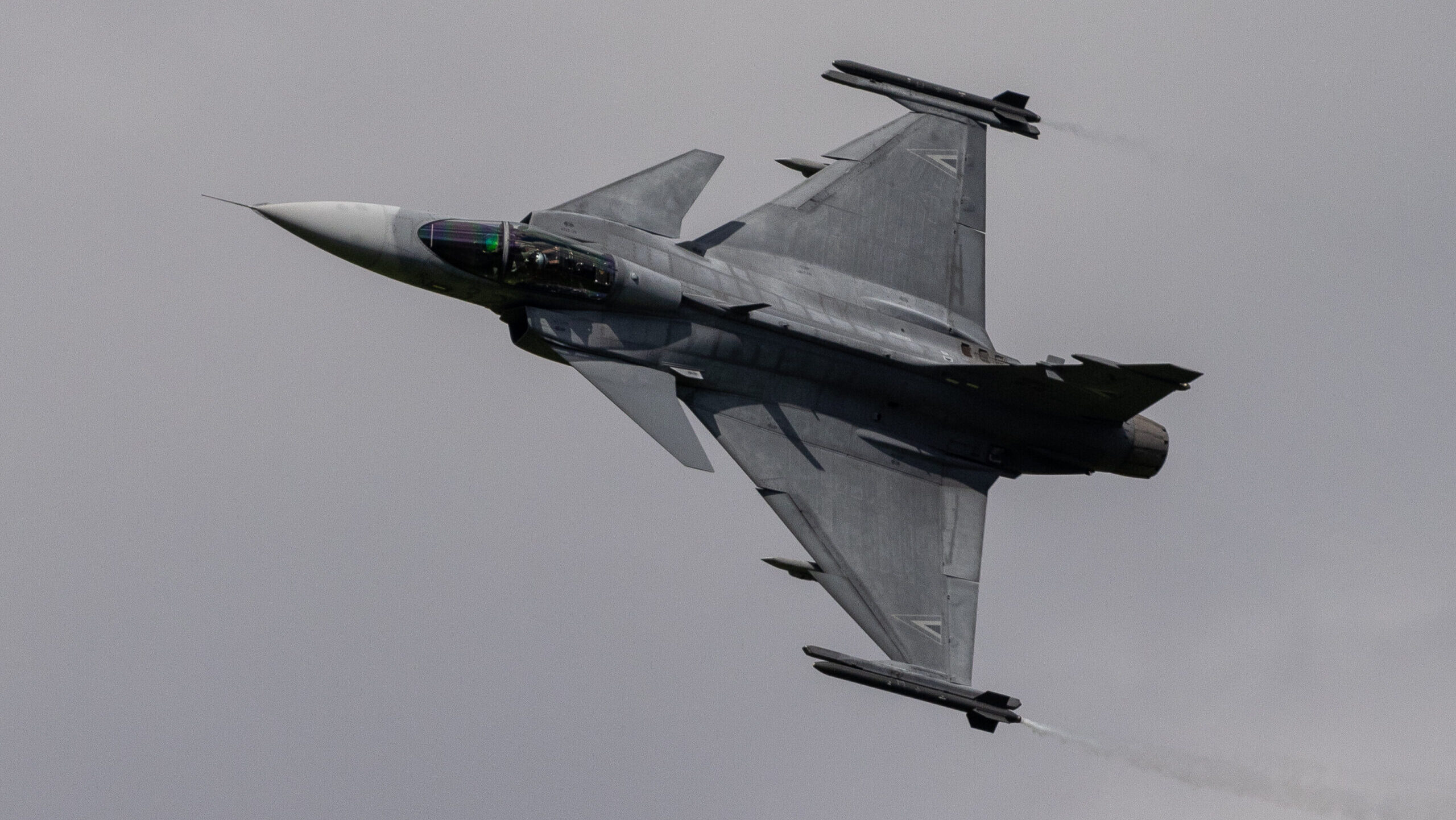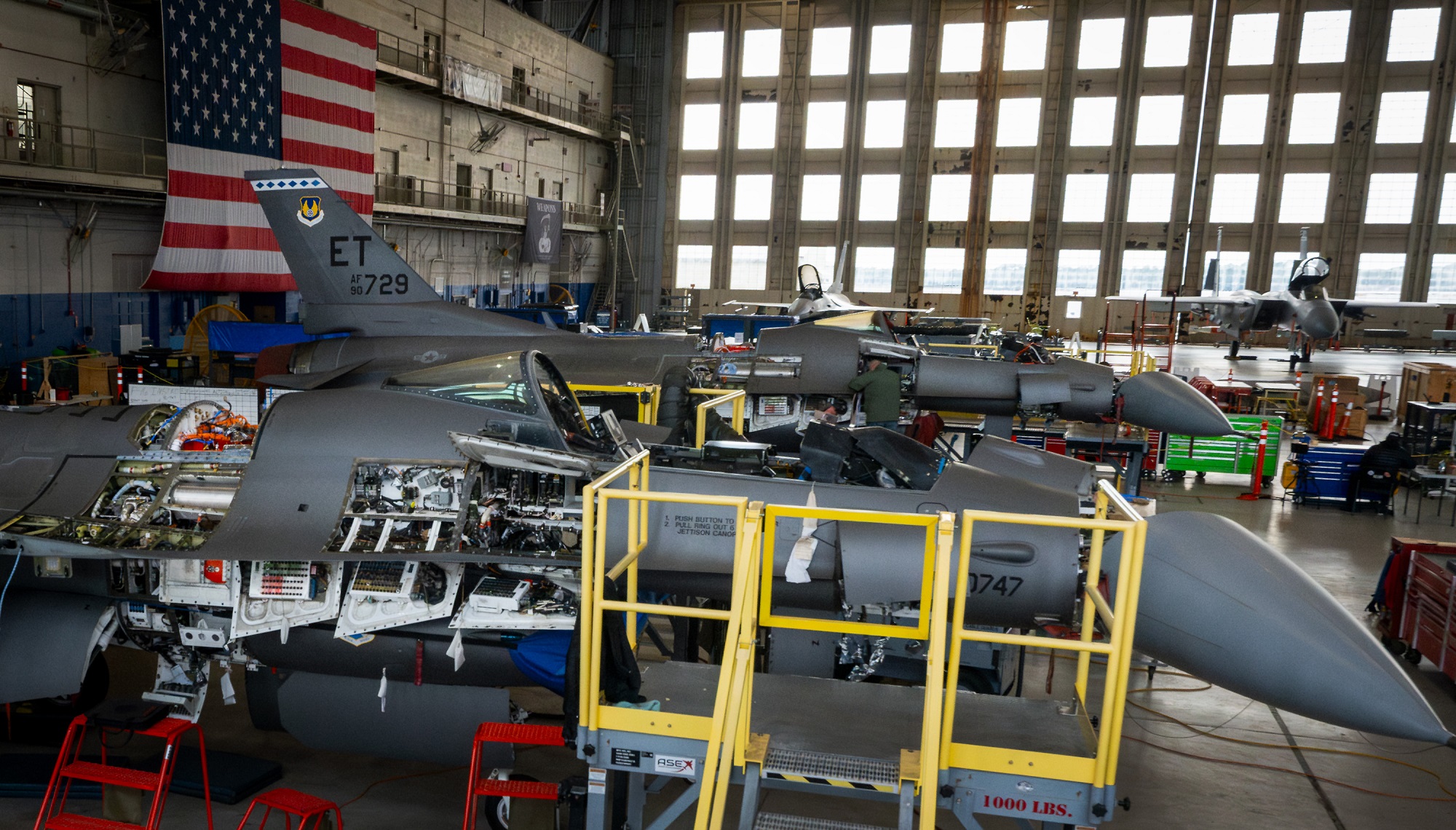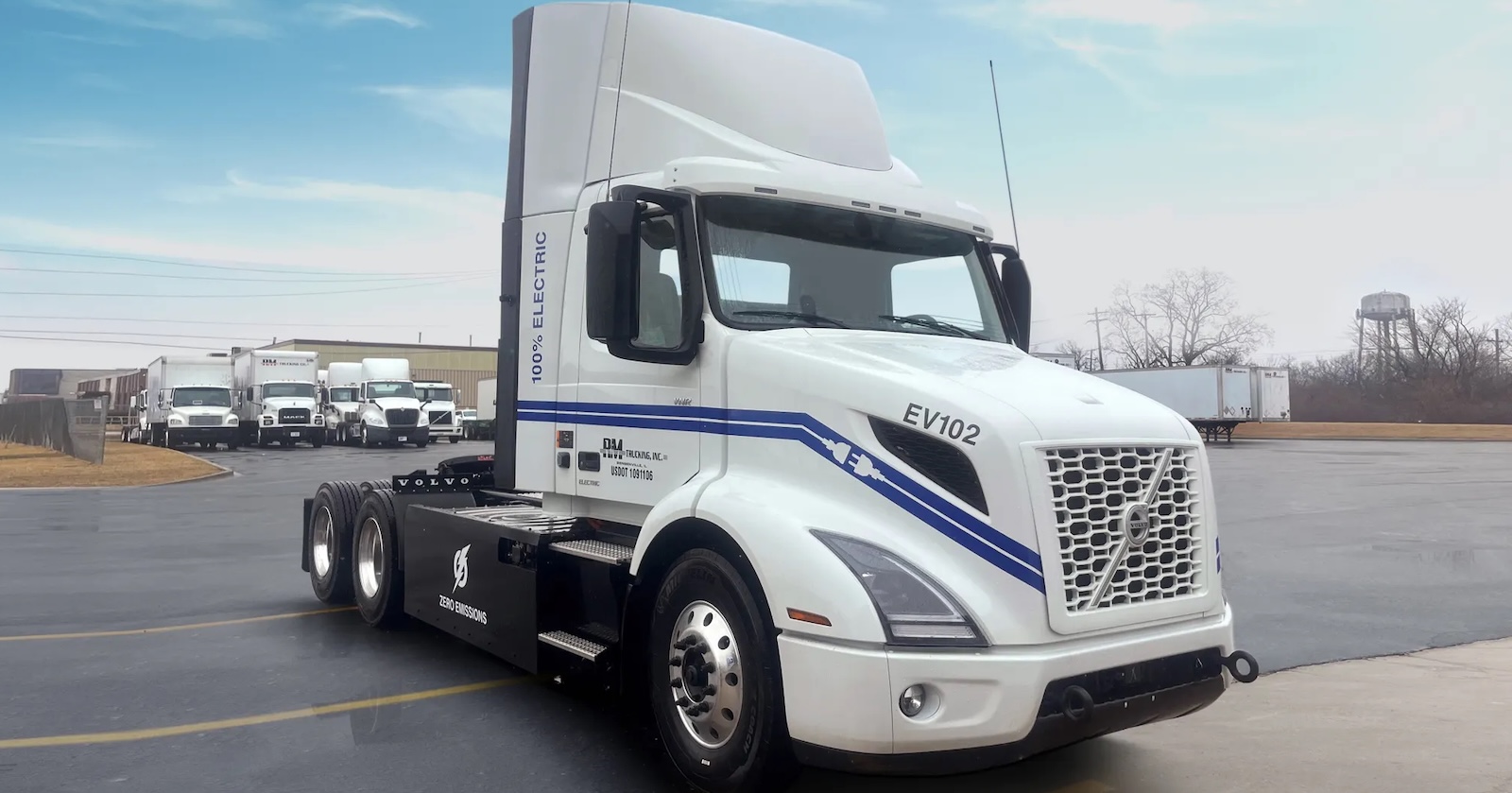New Friction Stir Welding CNC Mill Advancing U.S. Manufacturing
Advanced controls and powerful drive system helped create a new friction stir welding application to make better welds for manufacturers. The post New Friction Stir Welding CNC Mill Advancing U.S. Manufacturing appeared first on Fabricating & Metalworking.


Concurrent Technologies Corporation (CTC), an independent, nonprofit applied scientific research and development firm, delivers innovative solutions that safeguard national security, retain US technological advantage, and ensure the primacy of American manufacturing. The company collaborates with clients to develop new products and provides comprehensive support throughout the entire product lifecycle, from research and development to full-scale production.
Primarily, CTC collaborates with the US Department of Defense, including the Navy, Marine Corps, Air Force, and Army. The company also partners with commercial entities, as well as other manufacturing sectors that support both DoD and commercial efforts.
One technology CTC is developing to benefit the US manufacturing industry is friction stir welding. This solid-state joining process differs from traditional fusion welding by using a tool to compress and mix the material, rather than applying a high heat source. The process ‘stirs’ the joint together, resulting in significantly stronger joint properties compared to those achieved with fusion welding.
“You get less heat, less distortion, and it can be used on hard-to-weld alloys,” says Brock Golesich, Senior Engineer at CTC.
Friction Stir Welding Solutions

CTC has been working with friction stir welding technology for over 20 years but was not fully satisfied with the equipment they were using to expand its applications.
“We wanted to be able to apply this technology to more product lines and help more companies use this in the US industrial base,” says Mike Pollock, Senior Director of Advanced Engineering and Manufacturing, CTC.
Better welds and joints for parts that require hundreds of welds can significantly help reduce the rate of defective parts. According to Pollock, because friction stir welding doesn’t require as much energy as fusion welding does to create welds, the grain structure is much smaller and more refined.
“That means better ductility than what fusion welding would have,” Pollock says. “That’s why many industries see friction stir welding as a major benefit because of its far superior weld properties than anything produced with fusion welding.”
CTC had tried using CNC mills for friction stir welding applications in the past, but with mixed success.
“The problem with the CNC mills is you don’t get the flexibility in the controls that you need to really perform a good friction stir weld,” Golesich says.
Stable and Flexible CNC Mill

CTC searched for an industry partner to produce an effective solution with a more compact footprint. The company turned to Quickmill, an OEM of high-quality machining centers used in heavy equipment applications. Quickmill built a gantry-style CNC milling machine tool that would be powerful enough to weld two very thick aluminum plates together in one pass.
“Because we built a larger gantry-style machine, there’s a bigger surface area for the parts to be on,” says Mark Williams, Regional Sales Manager, Quickmill. “And we produced a very rigid, stable machine that can handle those larger parts and perform very well.”
Friction stir welding uses reactive forces that require a CNC milling machine to withstand high torques. However, due to the thicker welds CTC wanted to perform, the forces applied would be even greater than in typical applications. To ensure the CNC mill would stand up to the rigorous application as well as create superior-quality welds, Quickmill chose the FANUC Series 0i-MF Plus control as well as FANUC’s servo motors.
“We count on the reliability of a FANUC product as well as the versatility and the ability for us to customize it to our customers’ applications,” says Rob McArthur, Engineering Manager, Quickmill Inc. “This application is very difficult and requires a lot of forces. Working with FANUC allows us to easily upgrade the motors.”
The resulting machine delivered to CTC has allowed them to perform welds over an inch thick, which they have not been able to do on any of their other CNC mills. Additionally, CTC wanted the ability to adjust the height of the cutting tool during the process.
“What’s really nice is the flexibility that we’re able to have using the FANUC system, where we can drive and control the Z depth on the fly,” says Golesich. “We can program a set point and then we’re able to fine tune during the weld to make sure we’re achieving the best possible result.”
Because CTC works in the prototyping stage by developing processes, the ability to control the axes during welding was important. The operator can make adjustments during the first run rather than having to do multiple runs, which helps in their research as well as process optimization trials.
Capturing Data for Machine Learning & AI
CTC also wanted to be able to capture all the machine’s data produced. The company is researching the ability to use large data sets gathered from all the servos, including the loads, motor temperatures and speeds at any given time.
“The FANUC control has an open architecture, which allows us to pull data from the machine using an Ethernet connection and specific software. We’re able to collect not only data directly from the control in real time, but also high frequency data,” says McArthur.
This data will allow CTC to build data sets for machine learning algorithms. They can pull the data in real time and collect it for their analysis or feed it into an algorithm that can change the parameters of the process.
“We want to make these machines as smart as possible to weld very complex structures,” Pollock says. “Data analytics allows us to look for trends and determine if we can write machine learning algorithms that might eventually control the machine.”
He adds the company is looking to take the data to the next level where the machine has artificial intelligence and uses sensors and other equipment to figure out how to optimize its own operation. For example, in the case of a tool wearing out, the AI-powered machine would be able to sense the tool’s end of life and make automatic adjustments to ensure a high-quality weld.
“That’s one of the reasons we went with Quickmill and the FANUC controller—because of that open architecture. We fully intend that in the future this machine will get upgrades to the controls far beyond what traditional friction stir welding machines would have,” Pollock says.
The post New Friction Stir Welding CNC Mill Advancing U.S. Manufacturing appeared first on Fabricating & Metalworking.



















































































































































































